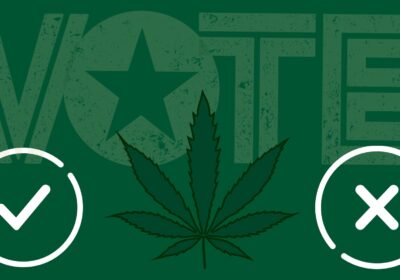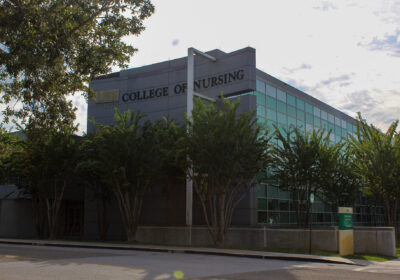Obama pushes U.S. closer to college affordability

Though the idea of all students getting their first two years of college for free might sound too good to be true, it may soon become a reality.
With a proposal President Barack Obama introduced Friday, any student could attend the first two years of community college without charge as long as they are “willing to work for it.”
According to WhiteHouse.gov, federal funds would pay for three-quarters of the average community college cost for students, and the participating states would be required to cover the remainder of tuition costs. All students must do to be eligible is attend a community college with at least half-time status, keep a 2.5 GPA and make progress toward their degrees.
In addition to making college much more accessible and affordable for students, slashing out the cost of tuition would also cut back on the pile of student loan debt U.S. students face, which amounted to a national total of $1.2 trillion last year, according to New York Daily News.
One of the major questions surrounding the proposal, though, is how the federal government plans to pay for 75 percent of tuition costs for students. According to an Inside Higher Education article, Obama will discuss the cost of the plan and the full proposal at the State of the Union address Jan. 20.
While the full plan hasn’t yet come to light, for the time being, it’s important to judge the proposal based on the benefits it would bring students, which are substantial.
For instance, if all states chose to participate, it would make community college free for about 9 million students and save full-time students $3,800 in tuition costs every year, as reported by WhiteHouse.gov. On average, the College Board reports that tuition and fees for public two-year colleges amounts to $3,347, but this number varies by state.
Of course, students have other expenses aside from tuition, such as textbooks, housing and food. As calculated in a Chronicle of Higher Education article, community college students pay about $16,325 annually for these costs before financial aid is applied.
Clearly, Obama’s plan wouldn’t take care of all of these expenses, and it definitely wouldn’t trigger the end of student loans in those first two years. However, it would eliminate a significant cost for students and hopefully reduce the amount students need to borrow.
According to the Chronicle, if state and federal governments cover tuition not already paid for by financial aid, then students who receive grants may not receive as much as students who don’t qualify for any need-based aid. On the other hand, students who qualify for the Pell Grant might receive the benefits of the plan and receive their Pell Grant for other costs.
Additionally, the plan comes at the right time, as its inspiration is based on work force expectations for 2020. WhiteHouse.gov points out that by then, about 35 percent of jobs will require a bachelor’s degree and 30 percent will require an associate degree. It’s only logical to boost access to an education that will make students more qualified for the job market.
All in all, the most important possibility of the proposal is that students who have the motivation and will to attend college and advance their opportunities in the work force would no longer have factors such as tuition hikes holding them back.
Isabelle Cavazos is a junior majoring in English and Spanish.






